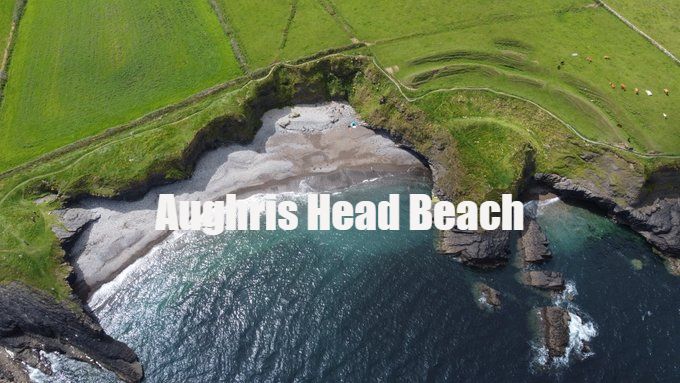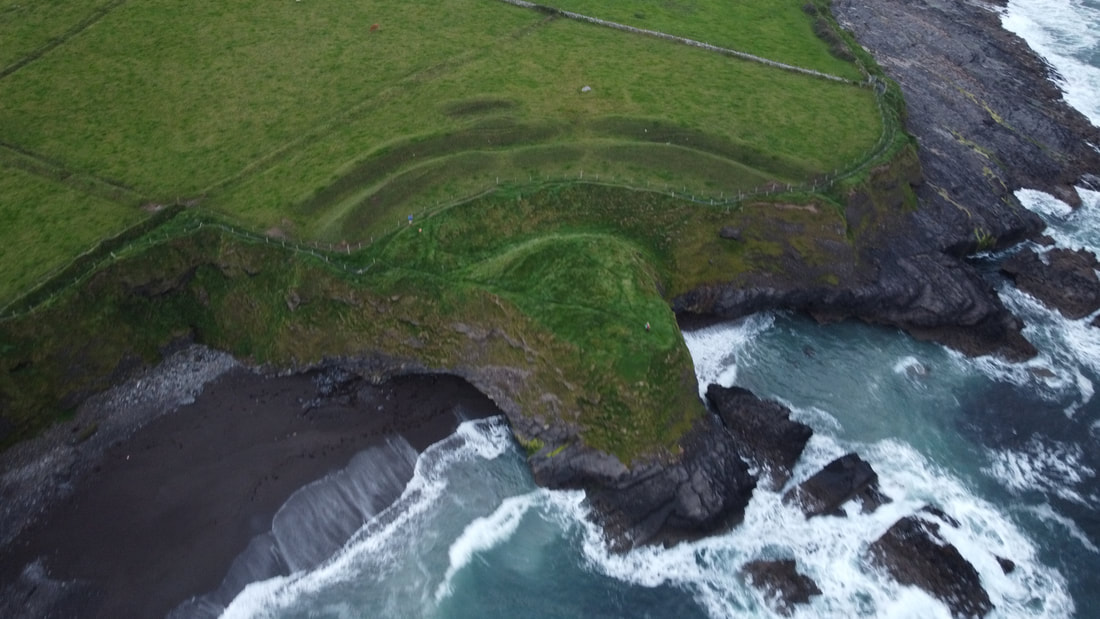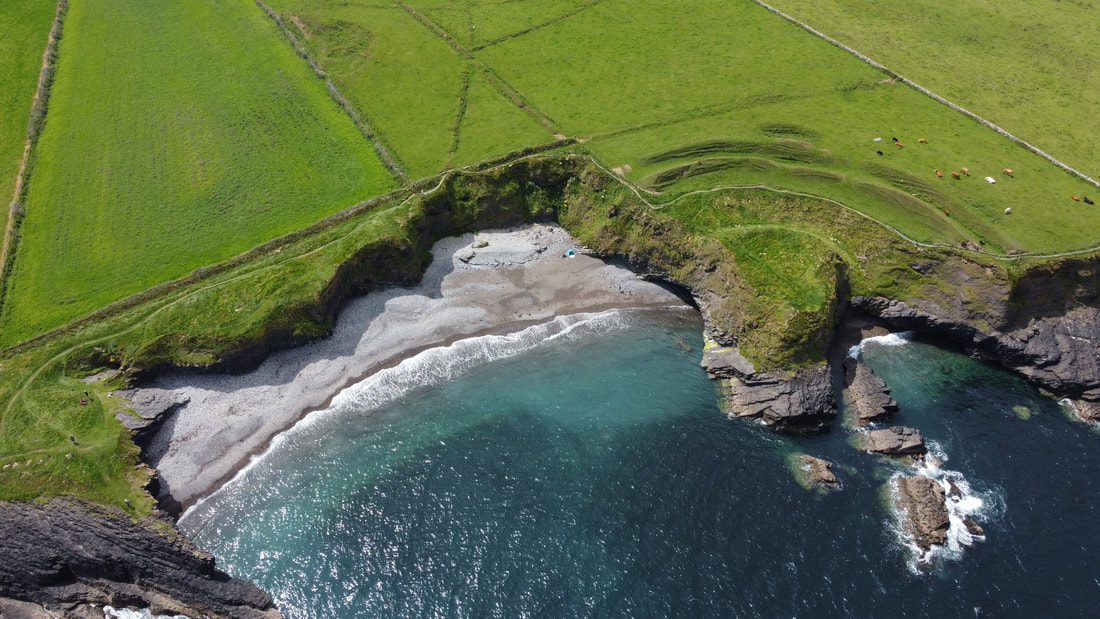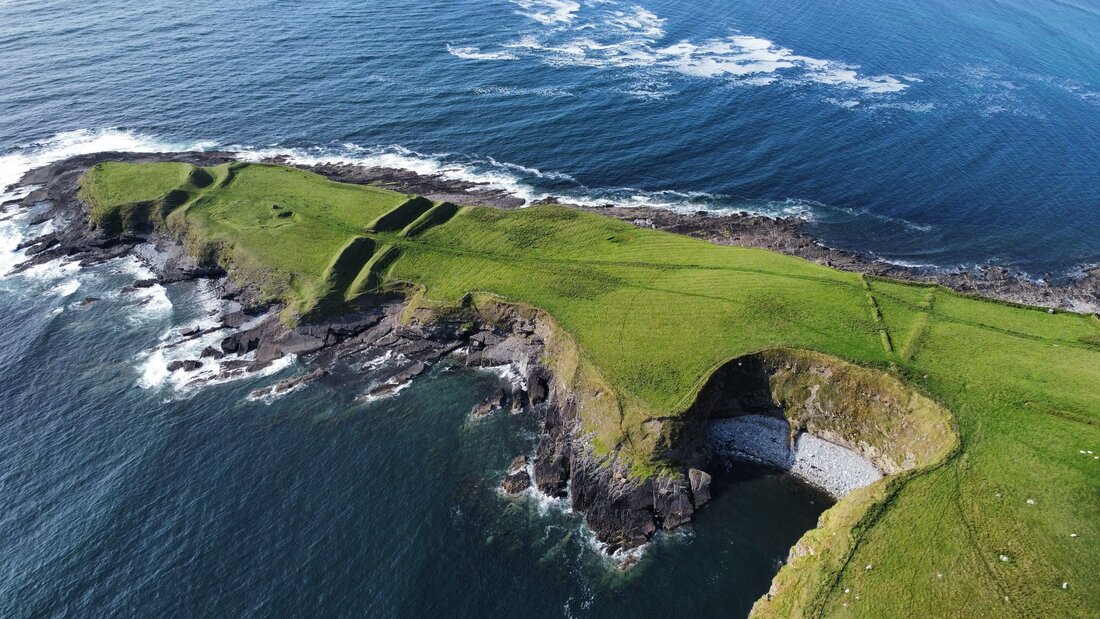Sligo Promontory FortsBalancing on the edge of the Atlantic, Sligo's promontory forts are steeped in history and mystery.
These defensive structures are located high above the Atlantic on a steep cliff, sometimes connected with the mainland by a small neck of land. Both the topography and ramparts made these forts as good as impenetrable from the outside. |
Aughris Promontory Fort
|
Aughris promontory fort overlooks Pollaree bay with its beautiful shingle beach. The fort is locally known as O'Toole's castle.
Where the seaward sides of the fort were naturally defended by sea cliffs, the inland facing side was protected by ramparts. These ramparts are still visible today, and once these mounds would have had wooden fencing on top of them in order to defend the fort from incoming attacks. |
Knocklane Promontory Fort
|
Knocklane promontory fort is a multi vallate promontory fort located on a narrow peninsula which is surrounded by the Atlantic on 3 sides.
On the inland side of the fort is Knocklane hill and the still visible defensive embankments. There are in total 3 banks and 2 ditches which provided protection to incoming attackers. Where the original fort dates back to the Iron age, the fort was also used for other purposes throughout its history. For example, during WW2, the number 68 was installed in the fort to tell American warplanes their position once they crossed the Atlantic. Note: Located on Private land - no access unless agreed with owner |



